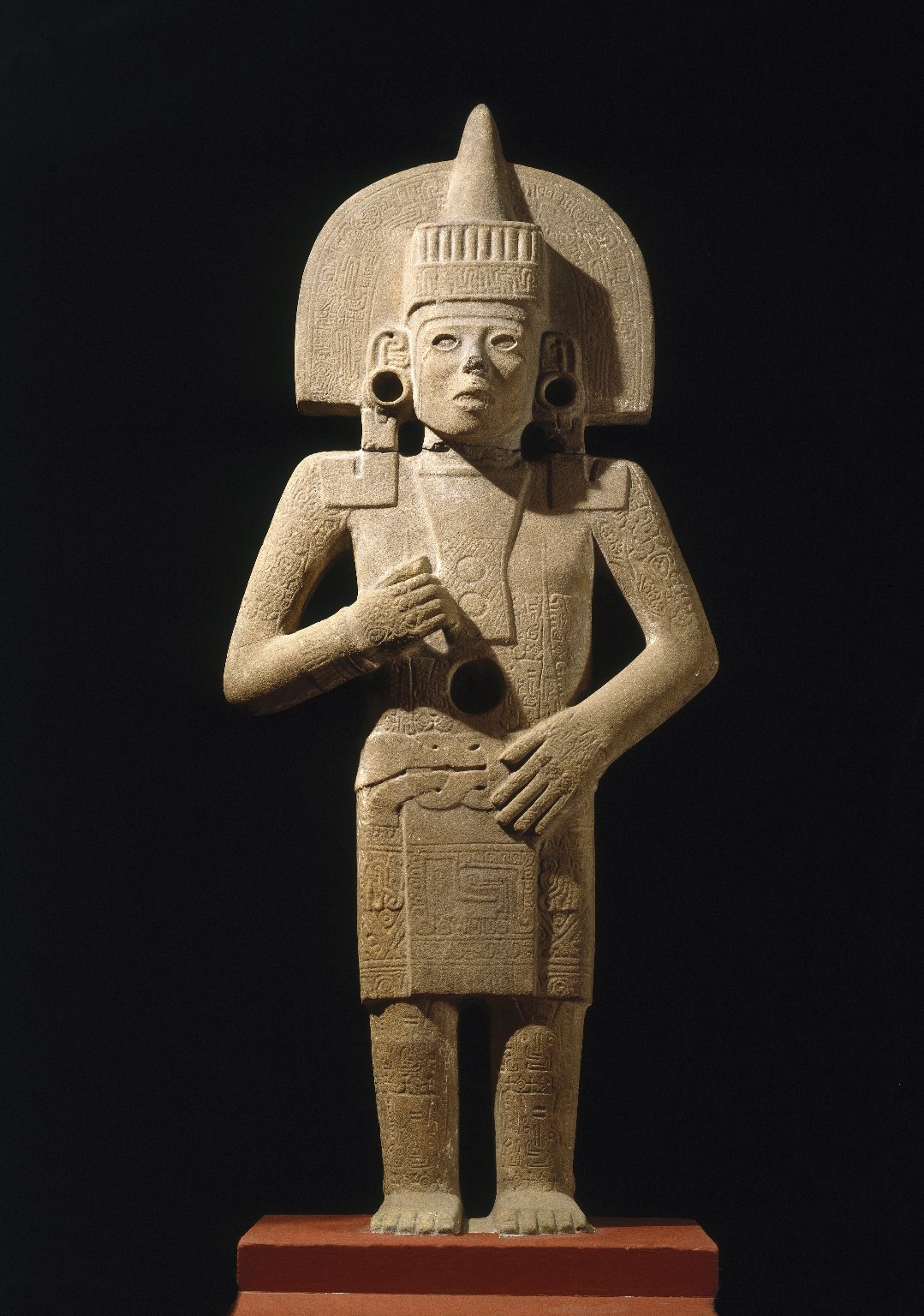Ehecatl on:
[Wikipedia]
[Google]
[Amazon]
Ehecatl ( , ) is a  Since the wind blows in all directions, Ehecatl was associated with all the
Since the wind blows in all directions, Ehecatl was associated with all the
pre-Columbian
In the history of the Americas, the pre-Columbian era, also known as the pre-contact era, or as the pre-Cabraline era specifically in Brazil, spans from the initial peopling of the Americas in the Upper Paleolithic to the onset of European col ...
deity associated with the wind
Wind is the natural movement of atmosphere of Earth, air or other gases relative to a planetary surface, planet's surface. Winds occur on a range of scales, from thunderstorm flows lasting tens of minutes, to local breezes generated by heatin ...
, who features in Aztec mythology
Aztec mythology is the body or collection of myths of the Aztec civilization of Central Mexico. The Aztecs were a culture living in central Mexico and much of their mythology is similar to that of other Mesoamerican cultures. According to legend ...
and the mythologies of other cultures from the central Mexico region of Mesoamerica
Mesoamerica is a historical region and cultural area that begins in the southern part of North America and extends to the Pacific coast of Central America, thus comprising the lands of central and southern Mexico, all of Belize, Guatemala, El S ...
. He is most usually interpreted as the aspect of the Feathered Serpent deity ( Quetzalcoatl in Aztec
The Aztecs ( ) were a Mesoamerican civilization that flourished in central Mexico in the Post-Classic stage, post-classic period from 1300 to 1521. The Aztec people included different Indigenous peoples of Mexico, ethnic groups of central ...
and other Nahua cultures) as a god of wind, and is therefore also known as Ehecatl-Quetzalcoatl. Ehecatl also figures prominently as one of the creator gods and culture heroes in the mythical creation accounts documented for pre-Columbian central Mexican cultures.Miller and Taube (1993, pp. 70,84)
 Since the wind blows in all directions, Ehecatl was associated with all the
Since the wind blows in all directions, Ehecatl was associated with all the cardinal direction
The four cardinal directions or cardinal points are the four main compass directions: north (N), south (S), east (E), and west (W). The corresponding azimuths ( clockwise horizontal angle from north) are 0°, 90°, 180°, and 270°.
The ...
s. His temple was built as a cylinder in order to reduce the air resistance, and was sometimes portrayed with two protruding masks through which the wind blew.
Notes
References
* * * * * *External links
{{Aztec mythology Aztec gods Sky and weather gods Wind gods Quetzalcoatl